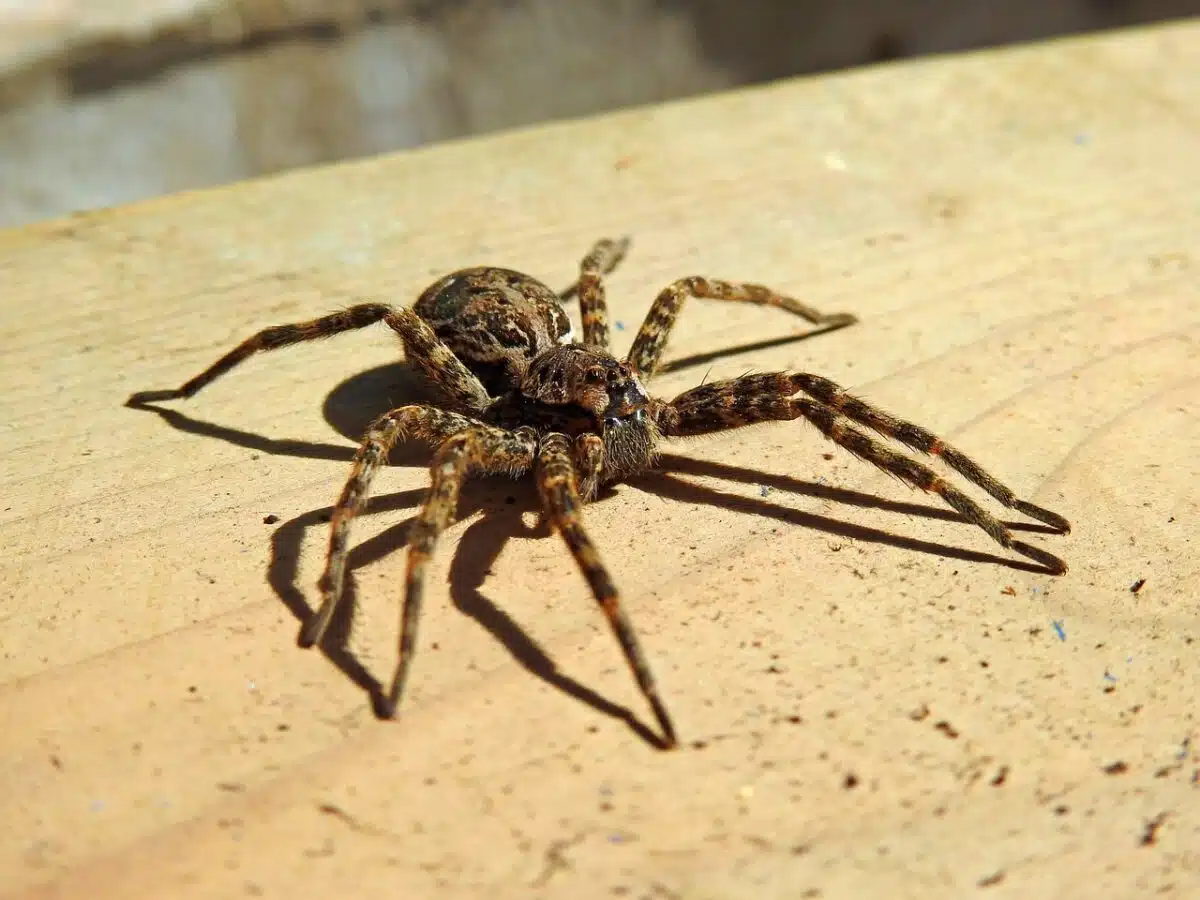Did you know California is home to some of the most venomous spiders in North America? With over 30 species of venomous spiders in this state, it’s essential to be aware of their potential dangers.
Venomous spiders are those spiders that can inject venom into their prey or predators using their fangs. This venom is often used to subdue prey or to protect themselves from predators. While most spiders are harmless to humans, some species can be dangerous.
In this blog, we will closely examine some of the most venomous spiders found in California. We’ll explore the different types of venomous spiders in the state and the risks they pose to humans. We’ll also look at some of the most common symptoms of spider bites and what to do if you think you’ve been bitten.
So, buckle up and get ready to unearth the reality of California’s venomous spiders – it will be a wild ride!
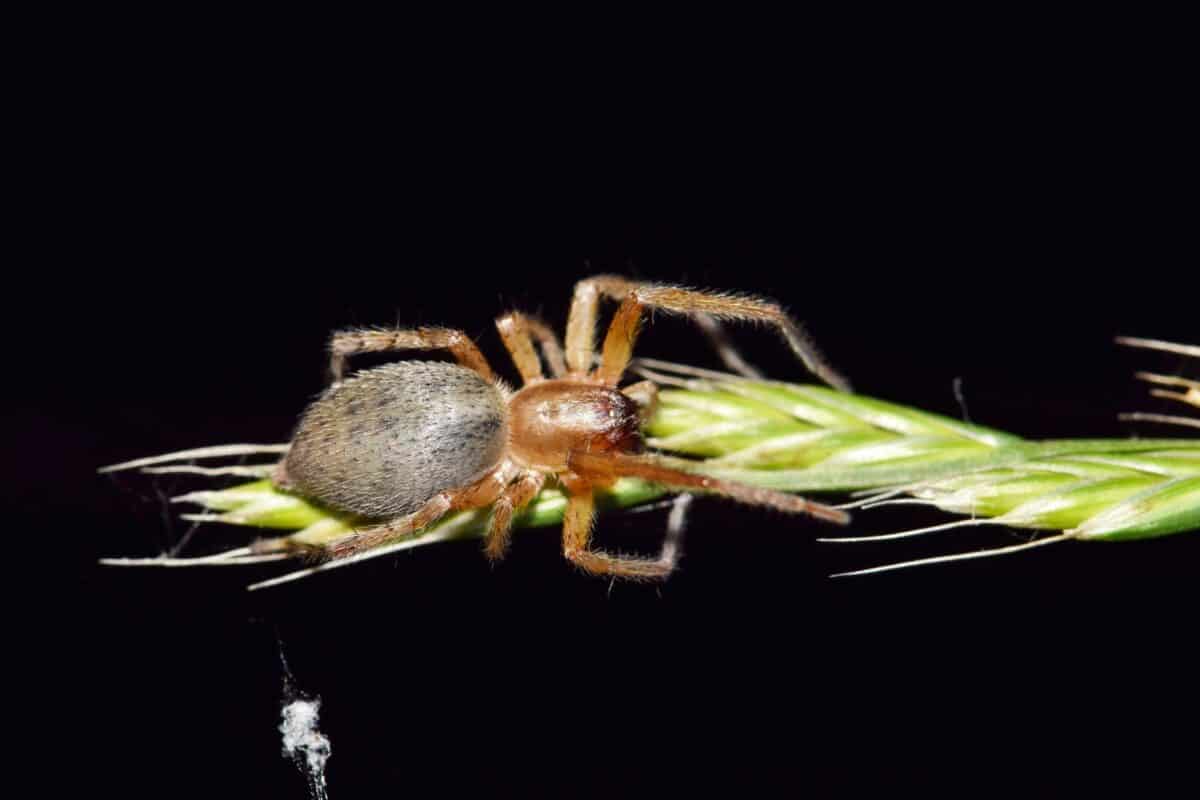
Jump ahead to any section below!
Types of Venomous Spiders Found in California
If you reside in California, it’s crucial to be aware of the venomous spiders that can be encountered in the region. California is home to venomous spider species that can cause serious harm to humans if not treated immediately.
Black Widow Spiders
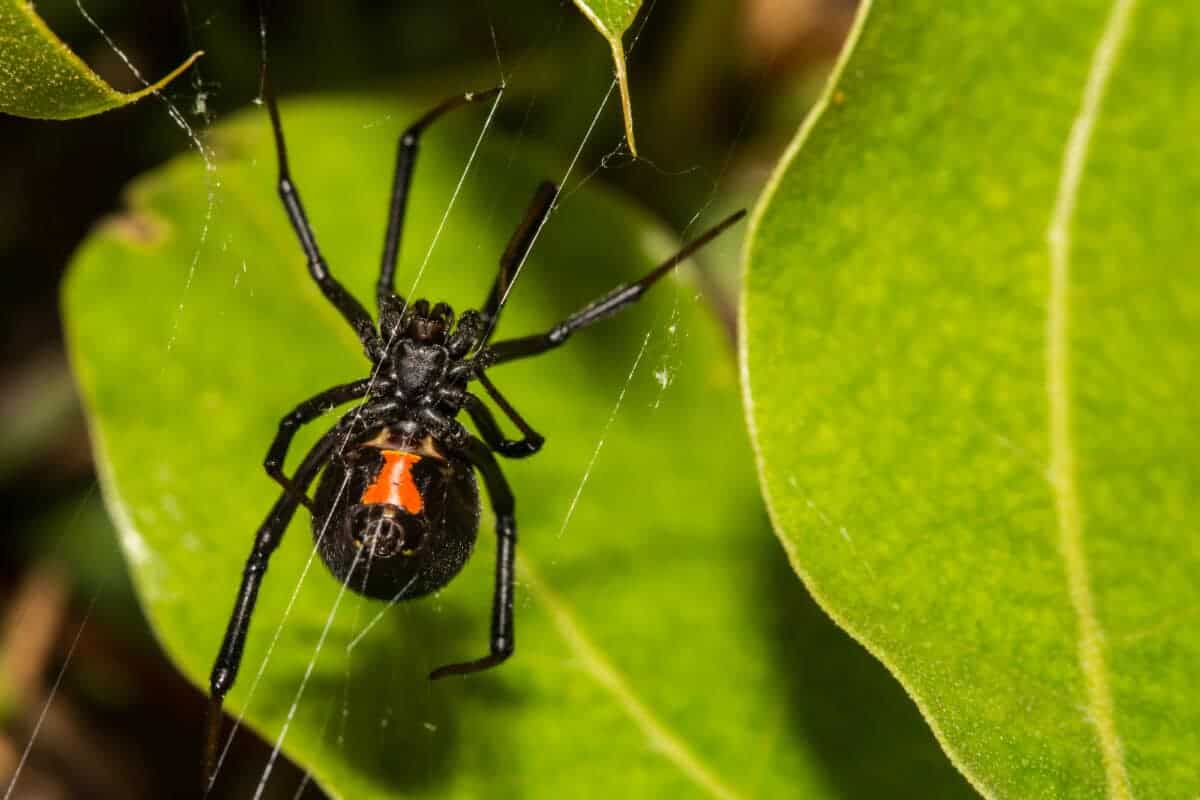
The black widow spider is perhaps California’s most well-known venomous spider. These spiders are typically found in dark, sheltered garages, woodpiles, and cluttered storage areas.
Black widows are easily identified by the characteristic red hourglass shape on the underside of their abdomens.
These spiders are highly venomous, and their bites can cause muscle cramps, spasms, and severe pain. In extreme cases, a black widow spider bite can even be fatal.
Brown Recluse Spiders
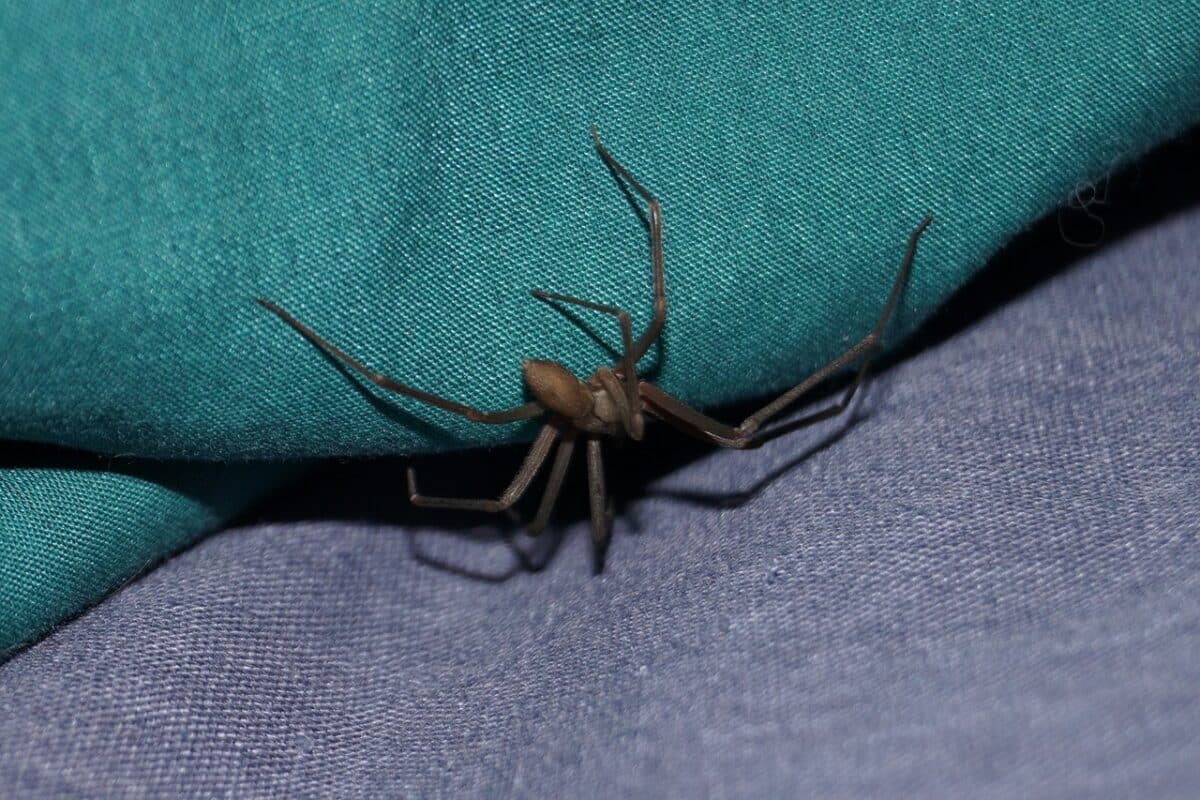
Another venomous spider species found in California is the brown recluse spider. These spiders are typically brown and have a characteristic violin-shaped marking on their backs. Brown recluse spiders are notorious for their potent venom, which can cause tissue damage and necrosis and even lead to skin ulcers.
Check out: Washington’s Western Rattlesnake.
Wolf Spiders
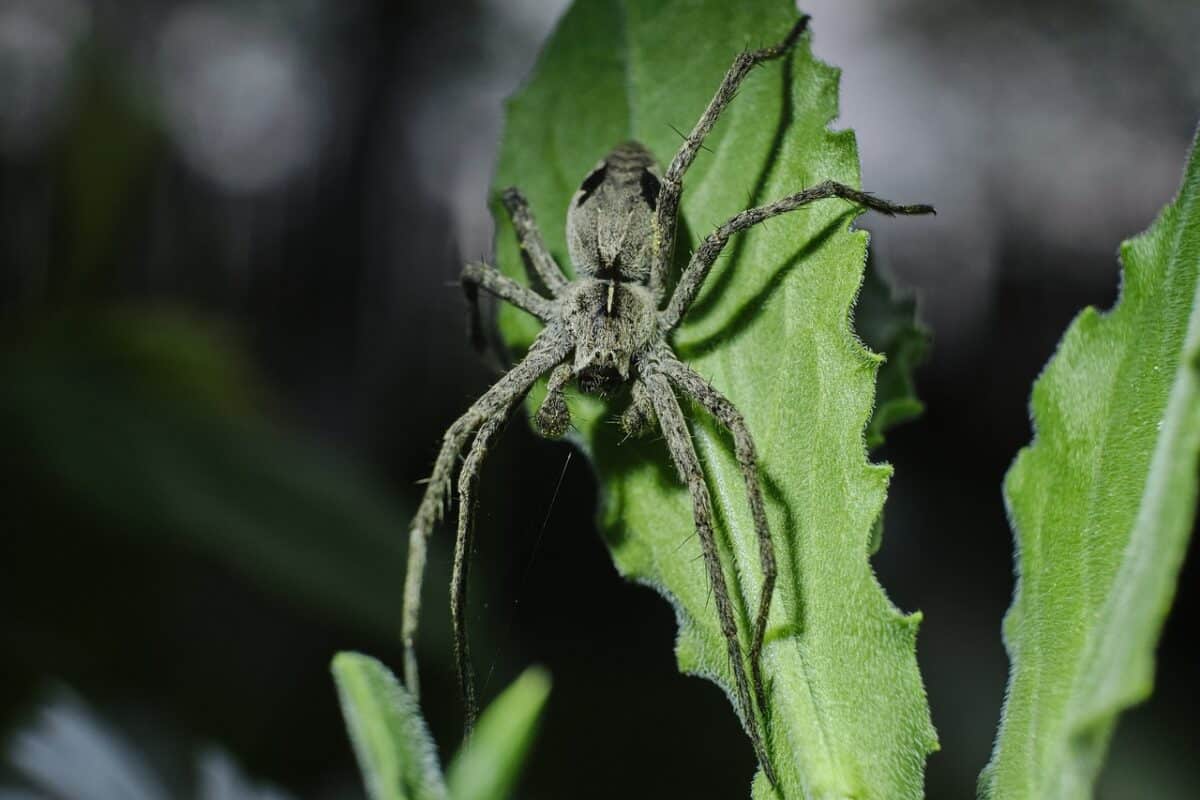
While wolf spiders are not as venomous as black widows or brown recluse spiders, they still pack quite a punch. These spiders are somewhat giant than their venomous counterparts and typically hunt for prey on the ground.
Wolf spiders are identified by their hairy bodies and ability to run incredibly fast. While wolf spider bites are not generally fatal, they can be painful and cause swelling and redness at the bite site.
Check out: The Southern Pacific Rattlesnake.
Exciting Facts About Venomous Spiders in California
Regarding venomous spiders in California, some interesting facts are worth noting. One unique characteristic of these spiders is their ability to hide and nest in all sorts of unexpected places.
From dark crevices to cluttered garages and attics, venomous spiders in California can make themselves at home just about anywhere.
Unique Characteristics and Behavior
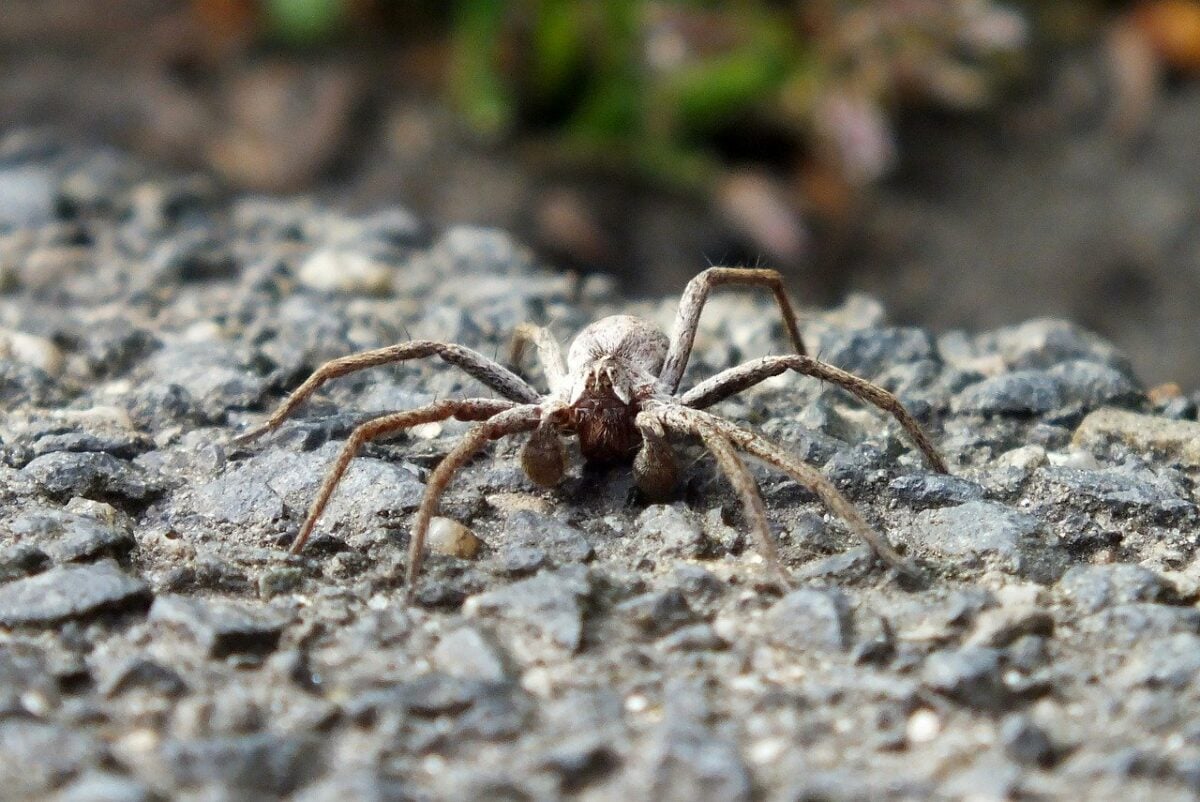
In terms of behavior, venomous spiders in California are more active at night, making it more likely that they will come into contact with humans who may unintentionally disturb their habitats.
These spiders are more likely to seek shelter in warmer months, making heightened spider activity a potential issue during summer months.
Check out: Washington’s Giant House Spiders.
Myths and Misconceptions
One common myth about venomous spiders in California is that they are inherently aggressive and attack humans without provocation.
This is simply not true. While exercising caution and taking preventative measures to avoid spider bites is always essential, unprovoked attacks by venomous spiders in California are sporadic.
Instead, most encounters between humans and venomous spiders in California occur due to the spiders feeling threatened or cornered.
Another common myth is that all spiders in California are venomous. While it’s true that some species of spiders in California are venomous, many species are harmless to humans.
Most spider species in California are non-threatening and serve important ecological roles in the ecosystem.
Risks and Dangers of Venomous Spider Bites
Venomous spider bites are not to be taken lightly. While not all spiders are venomous, some species in California can pose a significant risk to humans.
In this section, we’ll discuss the symptoms of venomous spider bites, how to identify them, and the potential dangers and risks that come with them.
Identifying Venomous Spider Bites
It’s crucial to identify venomous spider bites as early as possible. Here are some of the symptoms of venomous spider bites that you should look out for:
- Intense pain or stinging at the site of the bite
- Swelling, redness, and itching
- Muscle pain or cramping
- Chills, fever, and sweating
- Nausea and vomiting
- Headache and dizziness
- Difficulty breathing
If you experience any of these symptoms after being bitten by a spider, seek medical attention immediately.
Venomous Spider Species and Their Venom Potency
California is home to several venomous spider species, each with varying levels of venom potency. Below are some of the most dangerous spider species in California and the potential risks associated with their venom:
1. Black Widow Spider:
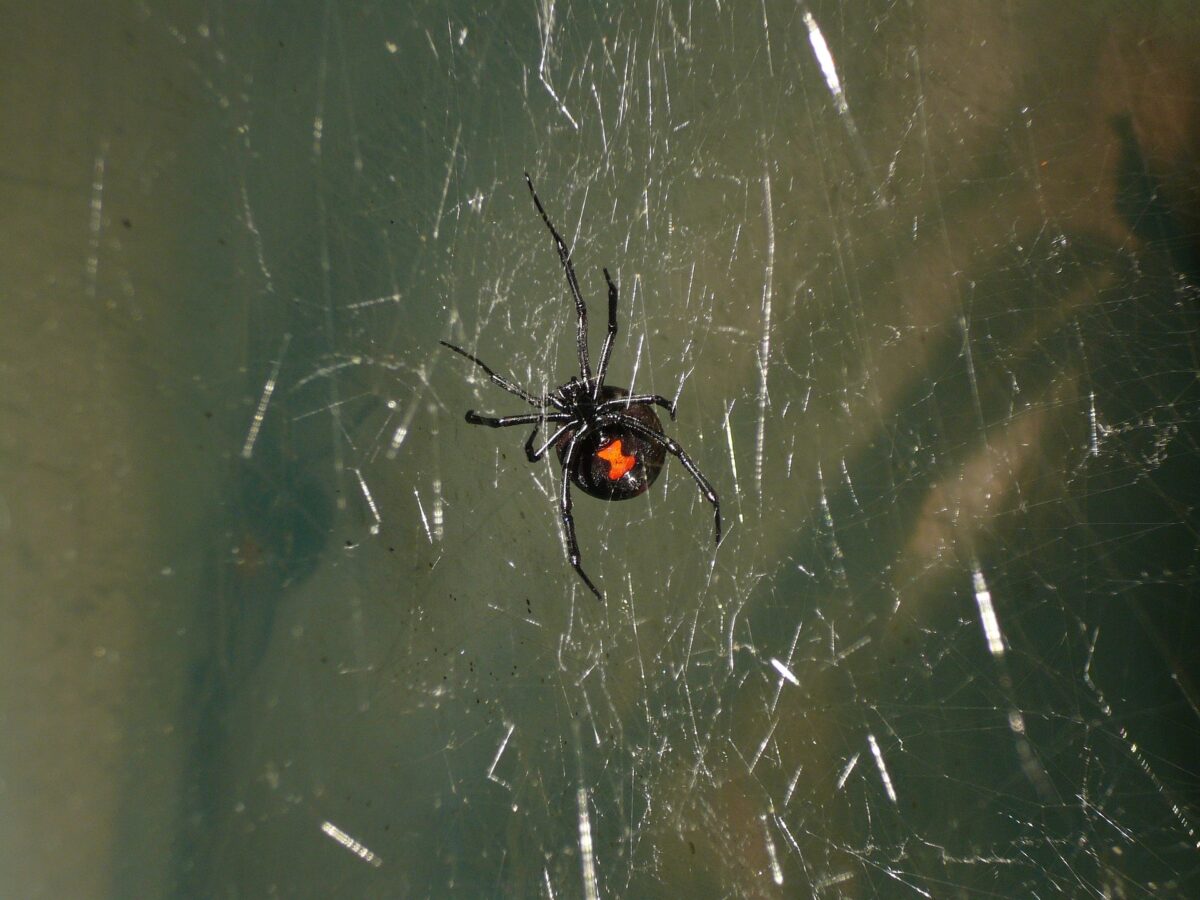
The female black widow spider’s venom is highly toxic, and a bite can cause severe muscle pain, cramps, and abdominal pain that can last for days. In extreme cases, black widow bites can lead to respiratory failure and even death.
2. Brown Recluse Spider:
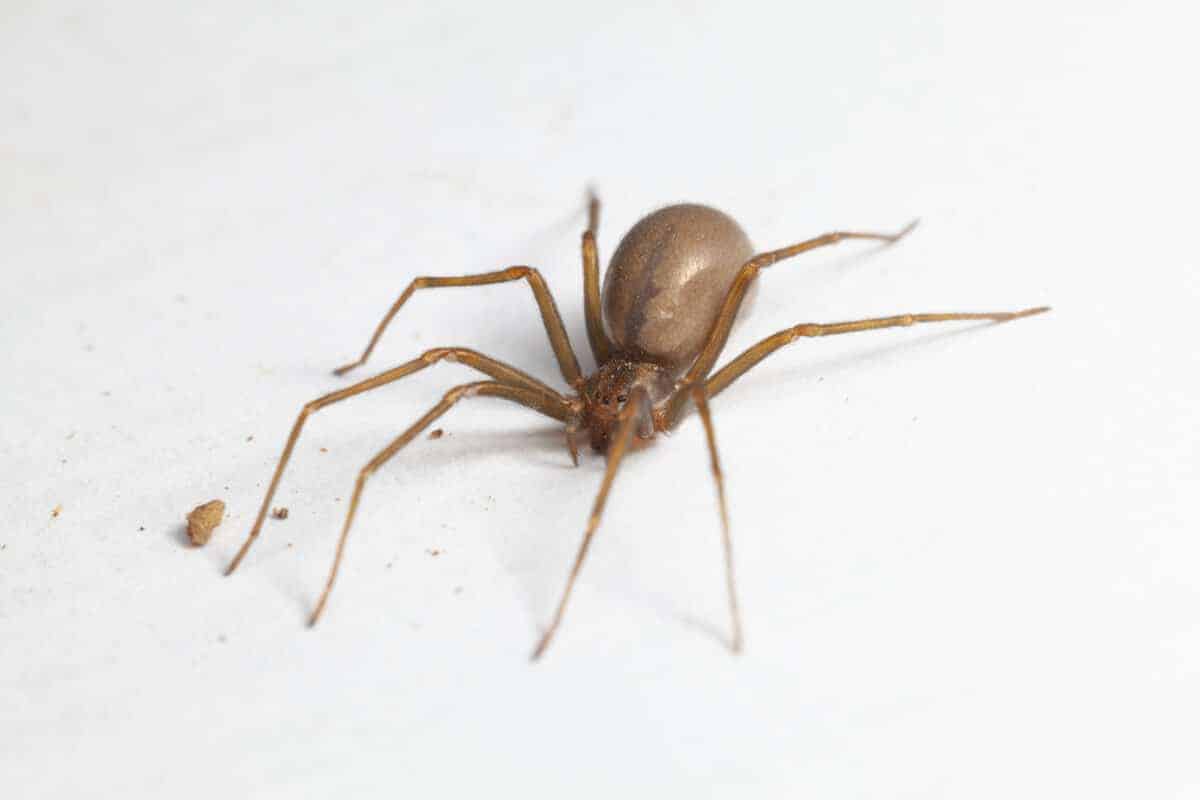
Its venom can destroy tissues, leading to necrosis or tissue death, and can cause severe pain, swelling, and redness. In some cases, brown recluse bites can cause systemic symptoms such as fever, chills, and muscle weakness.
3. Yellow Sac Spider:
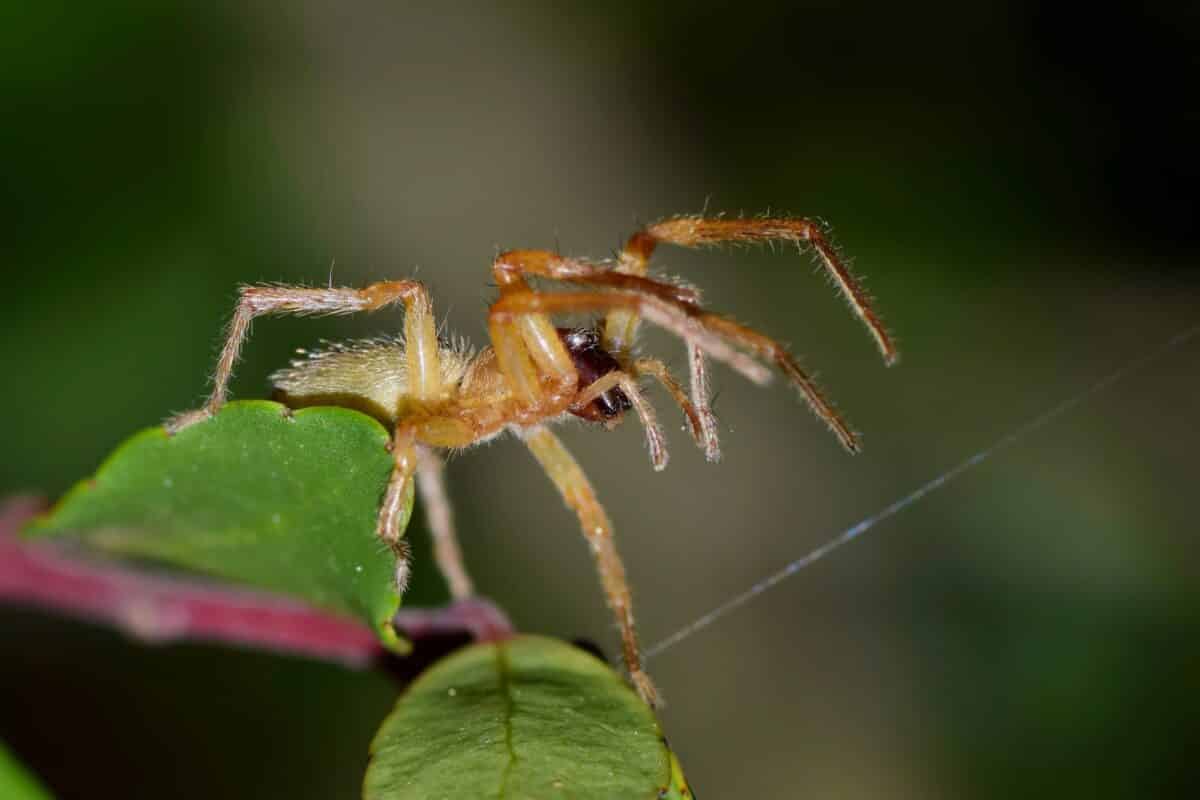
The yellow sac spider is a tiny spider often found in homes and gardens. Its venom is relatively mild but can cause significant pain, swelling, and redness.
Preventing and Treating Venomous Spider Bites
Venomous spider bites can result in serious health issues if left untreated. Therefore, it is crucial to take preventative measures to avoid getting bitten by a venomous spider. Here are some valuable tips for preventing spider bites.
Keep Your Home Insect-Free
Spiders tend to inhabit areas that attract their prey. Thus, maintaining a clean and insect-free environment in your home can reduce the chances of spider infestations.
Vacuum and dust your living spaces regularly, especially dark corners and crevices where spiders like to hide. Seal all entry routes for spiders by repairing cracks or holes in your walls, baseboards, and windows.
Wear Protective Clothing
For instance, such as long pants and socks to prevent spiders from latching onto your skin when engaging in outdoor activities such as gardening or hiking. Wear gloves when handling firewood, rocks, or other materials that spiders can inhabit.
Use insect repellent to prevent spiders and insects from contacting your skin.
If a venomous spider bites someone, it is crucial to take immediate action to prevent the venom from spreading and causing irreparable damage. Here are the steps to take when a venomous spider bites someone.
First Aid Measures
Wash the bite area thoroughly with soap and water to remove any venom that may still be present on the skin’s surface. Apply a cold compress or ice pack to the affected area to reduce swelling and pain.
Elevate the affected limb or area above the heart level to slow the venom’s spread to other body parts. Administer pain relief medication such as ibuprofen to alleviate the pain.
Seek Medical Attention
If the bite victim displays severe symptoms such as difficulty breathing, seizures, or rapid heartbeat, call 911 immediately. Seek medical attention immediately to provide an anti-venom treatment, which can help neutralize the venom’s effects and prevent further complications.
Provide information about the spider that caused the bite to help the healthcare provider determine the most appropriate treatment plan.
Key Points
| There are numerous venomous spiders in California that pose potential dangers to humans. |
| Black widows are easily identified by their red hourglass shape and their bites can be fatal. |
| Brown recluse spiders have potent venom that can lead to tissue necrosis and skin ulcers. |
| While not as venomous as other species, wolf spider bites can cause pain, swelling, and redness. |
| Symptoms of venomous spider bites include pain, swelling, muscle cramping, and difficulty breathing. |
Bottomline
In conclusion, we’ve explored the reality of California’s venomous spiders and discovered that several species pose a danger to humans. We’ve learned that these spiders are found throughout the state and that their bites can result in various symptoms, from mild discomfort to more serious health issues.
It’s important to remember that venomous spiders are not inherently evil or malicious creatures; they play an essential role in controlling insect populations. However, we must respect their dangers and take preventative measures to avoid bites.
Some ways to minimize the risk of venomous spider bites include keeping your home and yard free of clutter and debris, wearing protective clothing when working outdoors, and seeking medical attention if you suspect a spider bite.
By staying informed and taking proactive steps to avoid venomous spider bites, we can enjoy the grandeur of California’s natural beauty without putting ourselves in harm’s way. Let’s work together to respect the dangers of these spiders and live in harmony with this fascinating yet dangerous species.
If you enjoyed this article as much as me, see below for our related article links!
Next up:
- Pink Dolphin of the Amazon River
- Pigeon Outflies A Peregrine Falcon
- The Impala’s High-Speed Chase With A Leopard
- Discover San Francisco’s Most Dangerous Animals
- Unearth the Reality of Florida’s Venomous Spiders
- Great White Shark Vs. Bull Shark
- Michael Phelps Vs. Dolphin: A Race For Aquatic Supremacy
Join our Forum for free today!

- Huge Pet Bison Breaks Into House - July 22, 2024
- Giant Black Bear Surprises Beachgoers by Emerging from the Ocean in Florida - July 22, 2024
- Brave Man Plays Instrument While Huge Bear Caresses His Shoulder - July 22, 2024

